Wheat thrips: description and methods of struggle
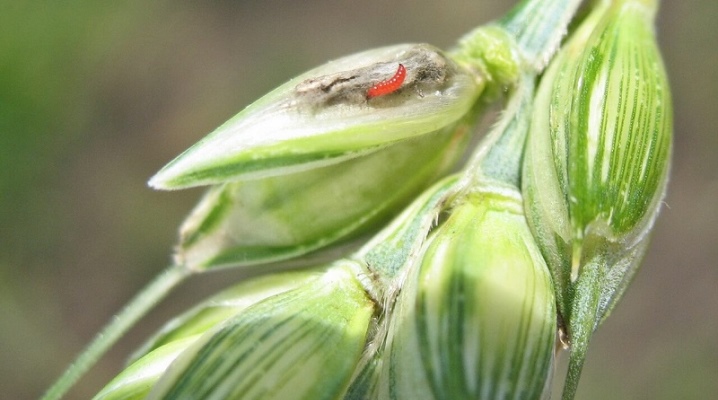
The article provides a brief description of such a pest as wheat thrips, and provides measures to combat it. The threshold of harmfulness on winter wheat has been characterized. The main features of the development of thrips larvae are indicated.
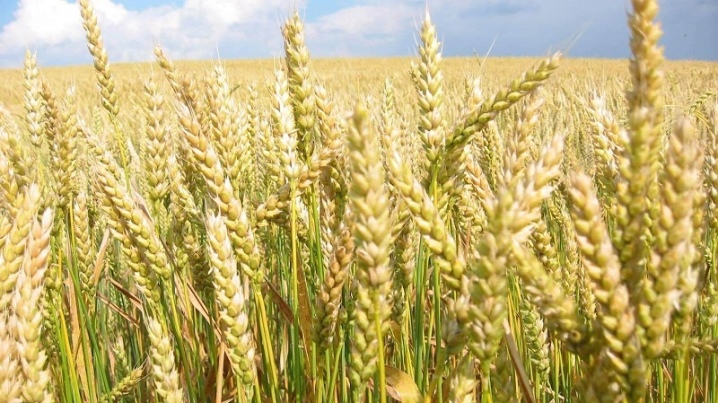
Description of the disease
Growing plants is complicated by the appearance of a large number of pests and diseases. Among them, not the last place is occupied by the so-called wheat thrips. This is one of the biologically significant representatives of the insect kingdom, not distinguished by significant dimensions. The thrips body is elongated, but relatively thin. Coloring is black-brown, but sometimes pure black individuals are also found. The eyes account for from a third to half the length of the head. On the wings, 5 to 8 auxiliary cilia are isolated. Wheat thrips are found:
- in Europe;
- in the countries of North Africa;
- on the territory of Kazakhstan and other Central Asian states;
- in various regions of Siberia;
- in the states of Asia Minor.
This type of insect often parasitizes spring wheat. On winter crops, it manifests itself much less frequently, but nevertheless its appearance there is possible. Attacks on barley are not excluded, and quite a few such cases are described in the literature. Entomologists attribute the insect's mouth organ to the piercing-sucking group. The forehead is fairly sloping along the edge. Antennae of wheat thrips are subdivided into 8 segments. Geometrically, the prothorax and the head are roughly the same. The prothoracic part has a number of setae. In the middle, it narrows noticeably, although not too pronounced. The belly of the wheat thrips is clearly subdivided into 10 segments.
Paired wings located in front and behind are identical in length. They are characterized by the allocation of relatively thin veins. The tibia located in front are yellow. The developmental features of the insect are quite remarkable. Under normal weather conditions, wheat thrips are found during May and in the first third of summer. The time of activation is not accidental - just then the wheat throws out an ear. Insects of this species enter fields through the air. The usual flight height ranges from 150 to 200 cm. On wheat, thrips eat mainly the area located behind the sheath of the penultimate leaf.
The pest can get there to the delicate wrapper of the plant. As soon as the goal is achieved, active absorption of juices begins.
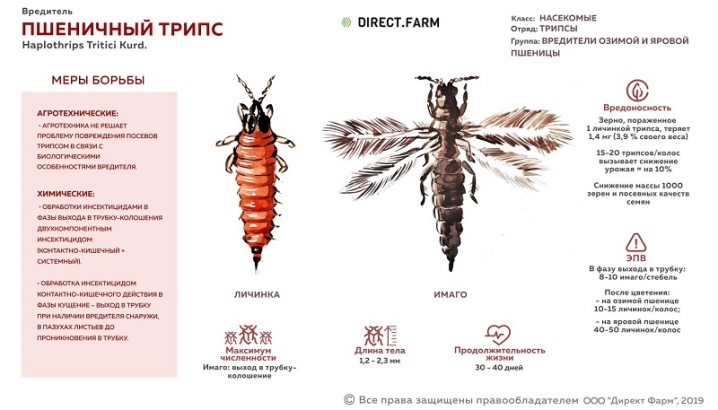
When the time comes for the earing of spring wheat, the thrips abandons the winter wheat and begins to attack it. The moment when the head wrapper cracks is of particular importance for insects. It is at this time that they begin to secrete pheromones and attract each other in every possible way. The larva from the laid egg will develop in 7-8 days. As soon as it hatches, it is light green in color. However, as the thrips develops, it darkens and rather quickly acquires a bright red hue. It is the larvae that pose an increased threat to cultivated plants, even greater than developed specimens. Juvenile thrips grow rather slowly - larval development takes about six months.
They will absorb plant juices until the grain reaches waxy ripeness. When it is reached, the larvae will already shed. This is a signal - now they will finish harming the plants and move to the root area of the stubble. Some individuals go quite deep into the soil. In 1-2 weeks, thrips passes into the imago state, and lives in the imago status for about 30-40 days. The threshold of harmfulness of the insect is from 40 to 50 larvae on one shoot.Its achievement can be precisely determined when the grain passes into milky ripeness. In addition to wheat and barley, wheat thrips threatens:
- oats;
- wild-growing cereals;
- corn fields;
- cotton;
- tobacco;
- buckwheat;
- a number of herbaceous wild plants.
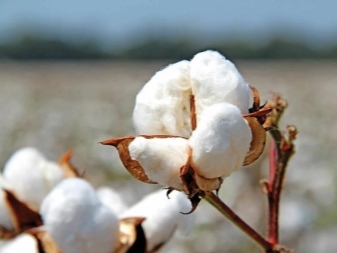
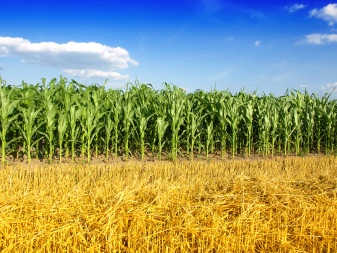
Reasons for the appearance
Thrips' ability to fly makes them widespread. Such an insect can simply be picked up by the wind. It has also been established that these pests spread along with the planting material. Tracking all the channels and paths that wheat thrips can take to the field is a very difficult task, even for experienced agronomists. Therefore, it is rarely possible to avoid their appearance.
During warm dry periods, thrips thrive. But too much drought is not to their liking. Lingering rains also cause damage to insects. In addition to directly moisturizing the larvae, they contribute to the spread of microscopic fungi. Natural fighters:
- ktyr;
- ladybug;
- bug;
- ground beetle.


Harm done
If wheat comes into contact with an adult thrips, then it will damage:
- flower film;
- spikelet scales;
- awn.
Frequent manifestations are limited white-headedness and graininess. In advanced cases, the plant produces empty seeds. When the flag leaf is touched at the base, it curls up. In this case, it is more difficult for the ear to get out. The larva does most of the damage while the grain is being poured.
If the number of individuals per ear is from 20 to 30, then the grains will be 13-15% lighter. True, the baking properties are preserved, but the chances of successful planting are reduced. Therefore, even if the number of thrips is less than the critical threshold, this is definitely not a reason for complacency. In the adult status, the insect causes damage to leaves and ears.
If the defeat becomes massive, then it will affect the quality of the flour received.
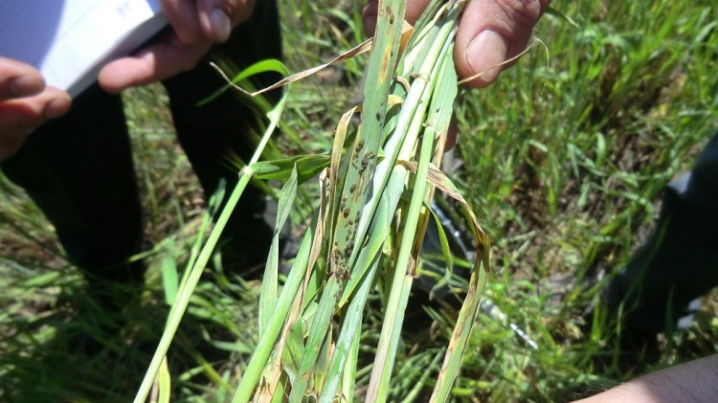
Control measures
The most important role in counteracting thrips is played by special methods of tillage. The stubble is supposed to be husked immediately. The soil is also required immediately and, moreover, to plow deeply. High-quality plowing should be done in spring, ahead of field work, as well as after harvesting. Despite the apparent simplicity, such methods guarantee the elimination of 80-90% of pests leaving for the winter.
Agricultural technology also provides for the earliest possible sowing and cultivation of rapidly maturing varieties. But all this does not give a complete guarantee of getting rid of the aggressor. And sometimes, due to objective circumstances, it is impossible to comply with the required cycle of work. Then special processing of wheat and other plants comes to the aid of field growers. Most often they try to poison with well-proven drugs:
- "Karate";
- Actellik;
- "Fastak".
They are relatively safe and highly effective. It is necessary to influence thrips at the moment when, when booting and the beginning of the formation of ears, there are 8-10 adults per 1 stem. In addition to the drugs already mentioned, "Clonrin", "Fufanon" can also be used.
Important: if time is lost, and insects have already taken root in the grain, there is no point in fighting them.
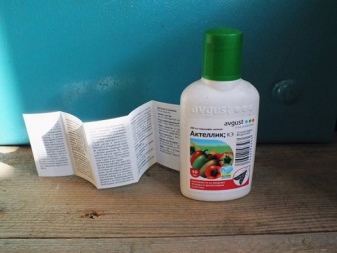
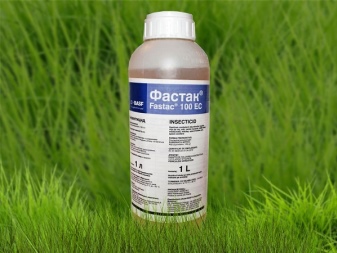













The comment was sent successfully.